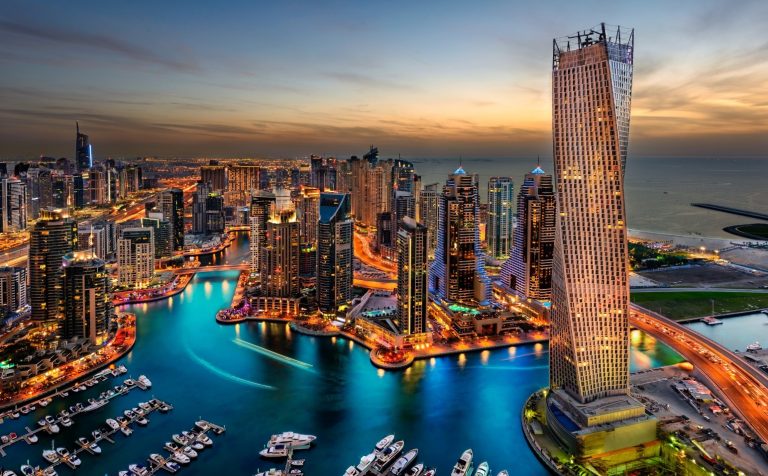In 2025, cities around the world are redefining what it means to live in an intelligent, connected environment. The rise of smart cities has turned everyday urban life into a seamless experience powered by artificial intelligence, green energy, and advanced data systems. Places like Singapore, Dubai, Seoul, and Barcelona are setting the pace with smart transportation networks, clean energy grids, and digital governance systems that make them models of modern efficiency.
The top 10 best smart cities in 2025 stand out for their practical use of 5G technology, eco-friendly infrastructure, and data-driven public services. These cities are not just adopting innovation, they are shaping it through integrated mobility platforms, smart waste solutions, and sustainable building systems that respond intelligently to human and environmental needs.
Each city in this list demonstrates how urban technology and sustainability can improve quality of life while reducing environmental impact. From AI traffic systems that cut congestion to renewable energy projects that power entire districts, these destinations represent the strongest examples of connected urban growth. This guide explores the most advanced cities of 2025, where digital transformation is no longer a goal but a way of life driving progress and efficiency across every sector.
Top 10 Best Smart Cities In 2025
10. Amsterdam
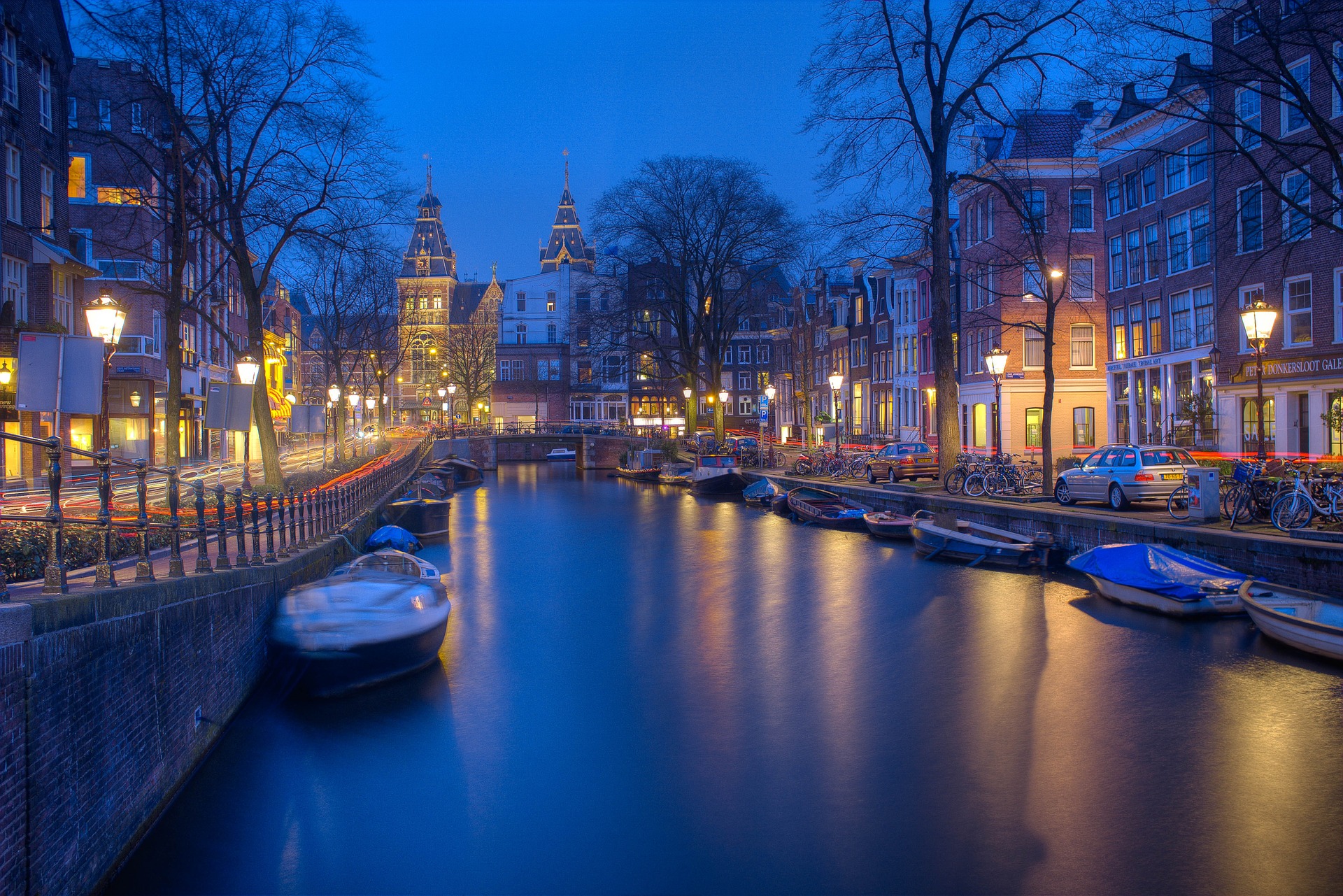
Amsterdam has built one of the most balanced smart city ecosystems in the world. There is a city beyond its canals and streets full of art where technology quietly makes life better. When adaptive traffic lights see buses and cyclists, they change. Open data projects let people and businesses make digital tools that make things better, like how trash is picked up and how energy is used. Real-time information helps neighborhoods use their resources more efficiently and reduce traffic.
Sustainability is what makes Amsterdam grow. Smart grids connect renewable energy from one neighborhood to another, and electric boats move through the canals as part of the city’s plan for clean mobility. The city’s plan includes new ideas and ways to make life easier. Instead of making life harder, technology works in the background to make it easier. In 2025, Amsterdam is still a model for digital transformation that puts people first. It shows that a city can be green, friendly, and work well at the same time.
9. Tokyo
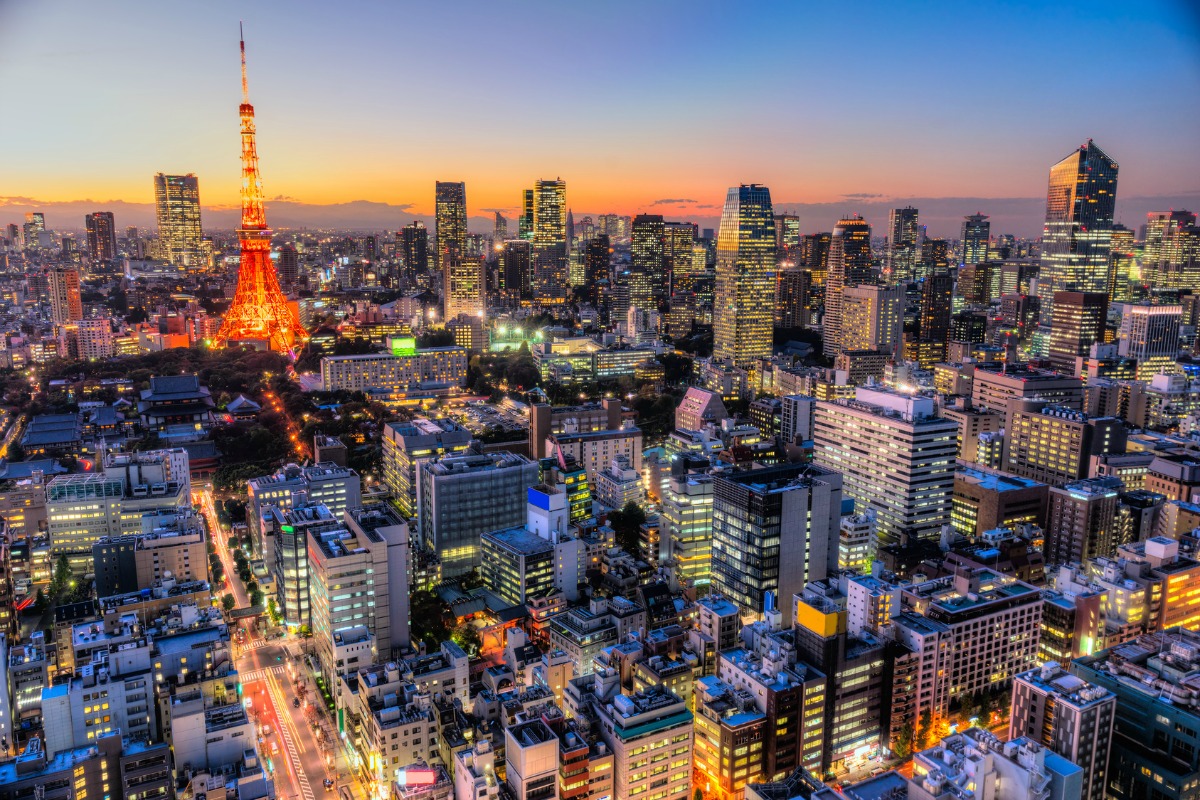
Tokyo is a great example of how to be both creative and exact at the same time. Its complicated transportation systems use advanced data analytics to make sure that millions of people can get around easily every day. The sensors and AI that the city uses on roads, railways, and pedestrian crossings help keep traffic moving and reduce accidents. Energy systems are now linked together and use predictive software to balance demand across neighborhoods.
You can see robotics and automation all around you, from stores that run themselves to gadgets that help older people. Tokyo’s vision for 2025 is about more than just digital progress. It’s also about people and machines getting along. Even though the city is very big, it runs smoothly because it has a strong cybersecurity system and focuses on being strong. Tokyo is still the best place to live if you want to be smart, reliable, and live in the future while also respecting other cultures. This is because Japan’s capital keeps making its systems better.
8. Copenhagen

Copenhagen is a great example of how smart design can be good for the environment. The Danish capital is not about flashy technology; it’s about using data to make city life healthier and cleaner through meaningful integration. Smart traffic systems in the city put cyclists and public transportation first. Digital energy grids keep track of emissions in each district and help reduce them.
The goals of every smart project here are good for the environment. Collecting rainwater, using smart heating networks, and building waste-to-energy plants all help to lower carbon emissions. People in the community use apps that share information about recycling and energy use to get involved. Copenhagen’s changes in 2025 show that a city can be both very digital and very human at the same time. It shows how technology can help both people and the environment without being too loud about it.
7. Singapore
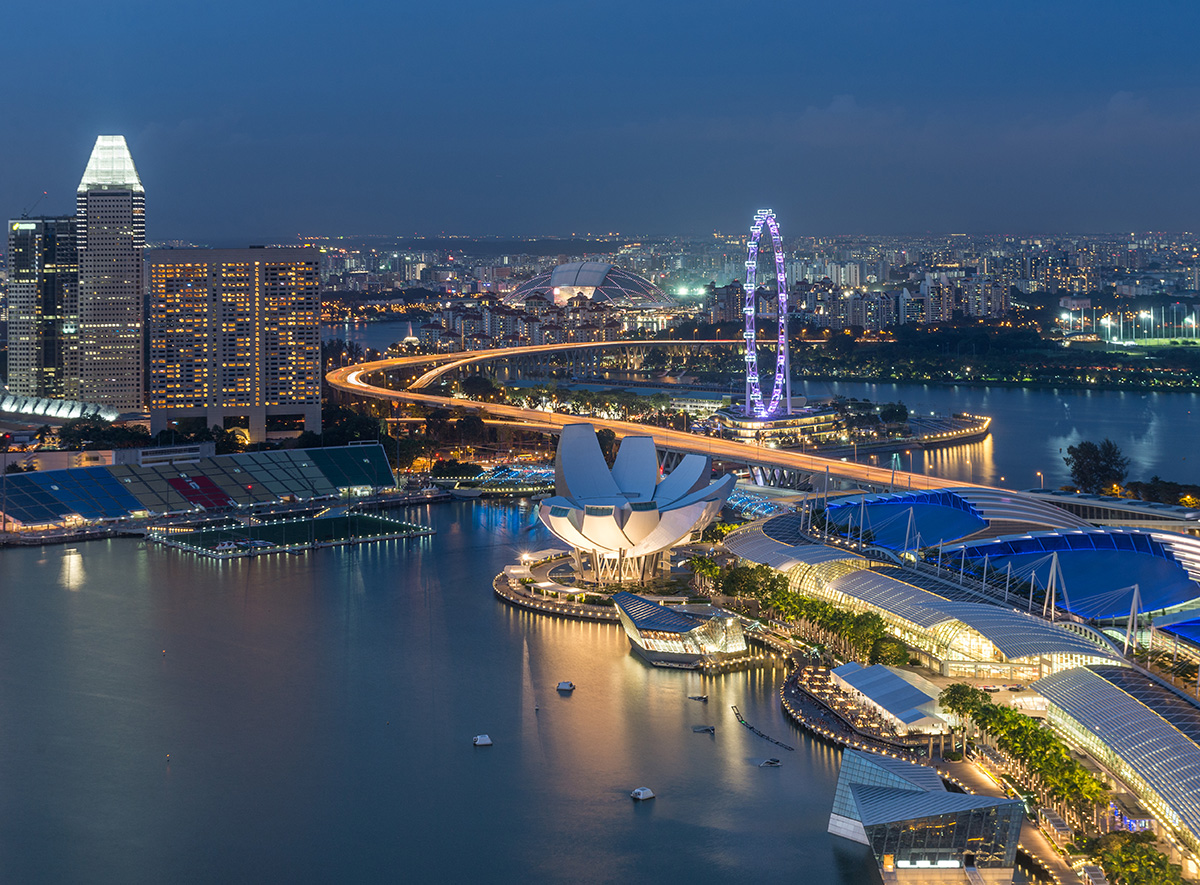
Singapore is very good at getting information from all over the city. It has one of the most advanced data infrastructures in the world, and it works like a living lab where new ideas and accuracy come together. Sensors send real-time information to help with traffic flow, check the quality of the air, and make government services work better. The Smart Nation program in the city connects public housing, transportation, and health care into one digital network.
But you shouldn’t have to give up trust to be more efficient. Singapore keeps people’s trust by being open about government and having strict rules about privacy. Its work on 5G networks, robots, and self-driving cars makes life in cities faster and more responsive. By 2025, Singapore will still be the world leader in smart governance, balancing quick modernization with responsibility and a focus on quality of life.
6. London

The size and openness of London’s digital transformation are what make it work. Its transportation systems, energy grids, and city planning departments all use shared data platforms that help things run more smoothly and waste less. The city’s 5G expansion helps with smart street lighting, sensors that monitor the environment, and AI-assisted emergency services. This lets public managers make decisions right away.
In this case, being fair and coming up with new ideas go hand in hand. London’s open data program helps developers and communities work together to solve problems like pollution control and housing. The city is also spending a lot of money on renewable energy and electric transportation corridors to help reduce pollution. London’s smart evolution in 2025 shows off its global identity: it’s complicated, connected, and dedicated to making sure that digital growth helps everyone who lives there.
5. Abu Dhabi

Abu Dhabi has quickly and smartly turned into a smart city powerhouse. The city has put a lot of money into digital governance, renewable energy, and smart public safety systems, making it a place where new urban technologies can be tested. Its integrated platforms connect utilities, health, and transportation services by sharing data in real time.
It is very important to be sustainable. Digital building codes help buildings use less energy, and projects like Masdar City encourage research into renewable energy. Smart infrastructure lets emergency systems respond quickly and lets healthcare connect with people no matter where they are. Abu Dhabi’s plan for 2025 is based on safety, reliability, and clean innovation. It thinks the city can thrive in bad weather because of foresight and technology.
4. Dubai

Dubai keeps changing the way cities innovate by trying new things. The city’s government mostly works online, so residents can do almost all of their public services online. Artificial intelligence handles traffic control, monitoring public safety, and even running the courts, making government work faster and more open.
Dubai’s smart ecosystem brings together tourism, logistics, and sustainability. The city’s push for electric cars, renewable energy, and paperless government shows that it wants to be more efficient in the long run. Dubai’s digital layer connects every part of civic life, from smart utilities to real-time environmental tracking, in addition to the skyscrapers and attractions. It is still a shining example of how new technology can change an entire economy into a connected, future-ready society in 2025.
3. Geneva

Geneva has quietly become one of Europe’s most sophisticated smart cities by combining sustainability with precise management. The city does a great job of managing energy, waste, and water resources using digital twins and open data. Its focus on green infrastructure and public openness makes sure that technology builds trust in the community.
Geneva’s urban strategy is based on climate resilience. Smart flood control systems, air quality sensors, and the use of renewable energy protect both people and the environment. Digital services from the city also make it easier for people to keep an eye on and change decisions, which increases community involvement. Geneva is successful because it is careful; every new idea has a purpose, and every project fits with social and environmental goals. This makes it one of the most balanced smart cities in 2025.
2. Oslo

Oslo is at the forefront of green technology. Norway’s capital has created a model in which data, renewable energy, and social inclusion all work together. Its electric transportation networks, which are almost entirely powered by renewable sources, set records for sustainability around the world. Smart grids control the energy use in homes in real time, and AI systems change the flow of traffic and street lights based on the weather.
People are the focus of technology here. Oslo’s public digital platforms let people see data on emissions, mobility, and energy use, which helps people be responsible and aware. The city’s design philosophy puts both the environment and quality of life first, making progress feel natural instead of forced. Oslo is the future of sustainable intelligence in 2025. It’s a city where new ideas help everyone.
1. Zurich
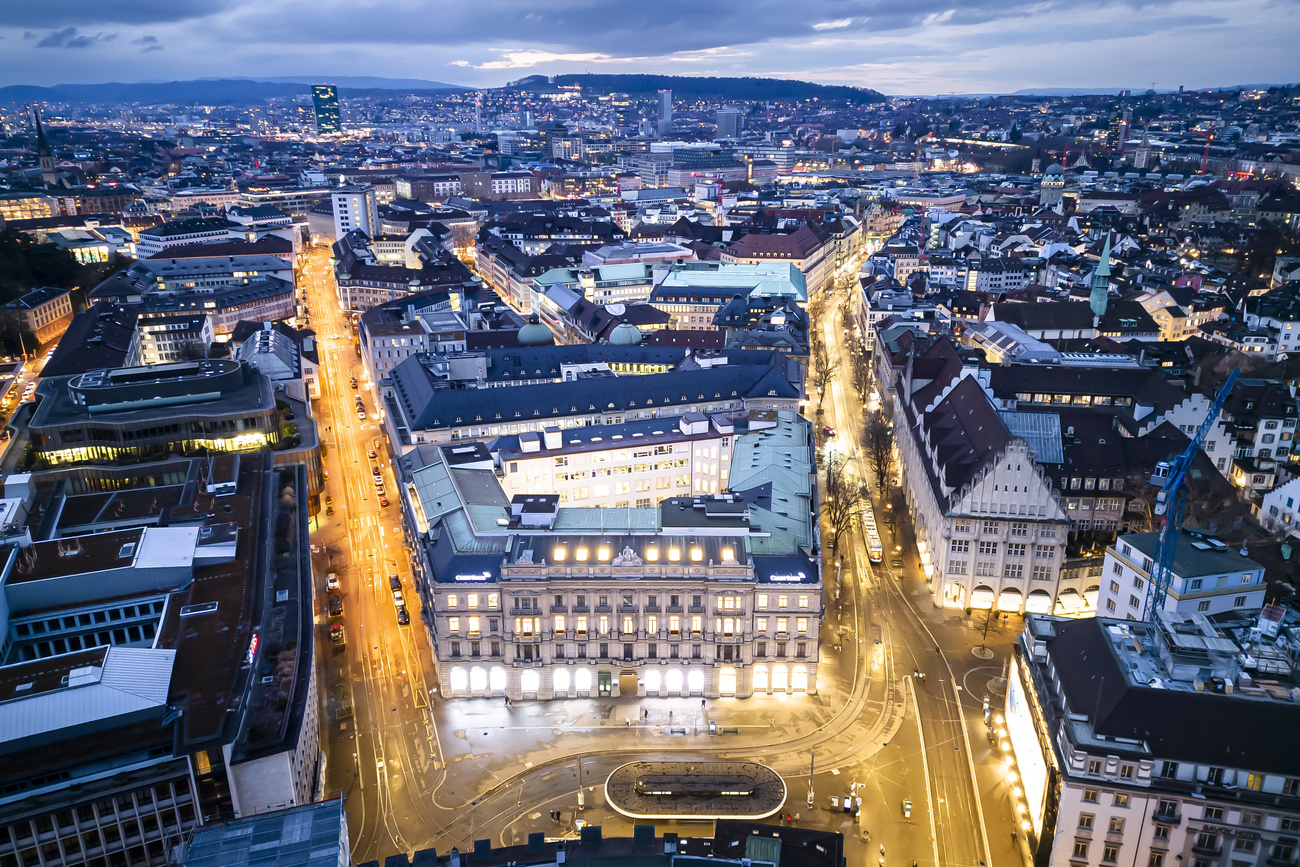
As the best example of a smart city done right, Zurich is still at the top of the world. Every part of its city, from housing and transportation to trash collection, works with digital precision and a strong commitment to making life better. Its combined transport system uses data analytics to connect trams, trains, and shared mobility platforms, which cuts down on wait times and emissions.
Zurich stays clean, efficient, and dependable thanks to environmental monitoring, green building standards, and AI-driven utilities. Its success, on the other hand, comes from finding a balance: technology makes life better instead of taking it away. The city’s partnerships with research institutions, the local government, and businesses make sure that new ideas are always coming out of the city and that the public trusts them. By 2025, Zurich will be the perfect example of a smart city: it will be environmentally friendly, welcoming to everyone, and connected in a smart way from the street to the skyline.

